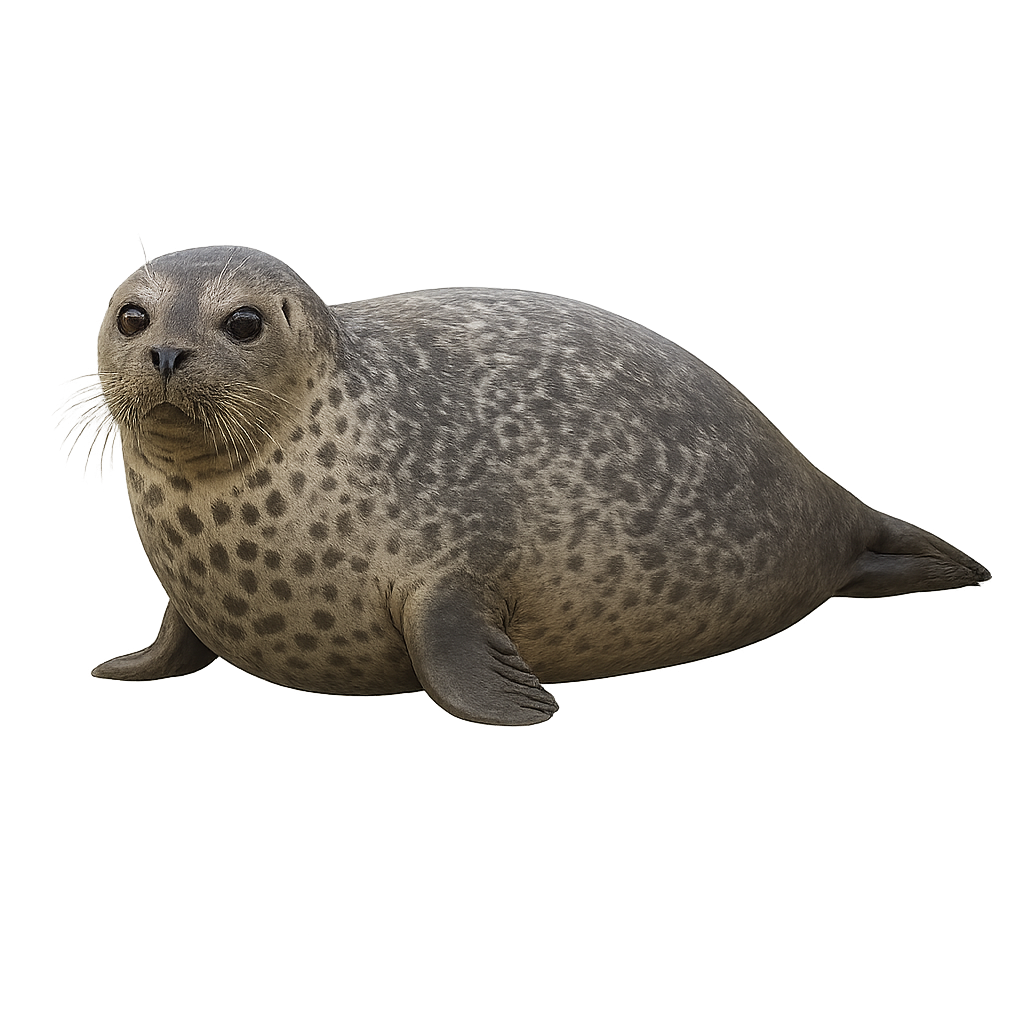Your wildlife photography guide.
Explore the harbor seal in detail, study its behavior, prepare your shots.
Where to observe and photograph the harbor seal in the wild
Learn where and when to spot the harbor seal in the wild, how to identify the species based on distinctive features, and what natural environments it inhabits. The WildlifePhotographer app offers tailored photography tips that reflect the harbor seal’s behavior, helping you capture better wildlife images. Explore the full species profile for key information including description, habitat, active periods, and approach techniques.
Harbor seal
Scientific name: Phoca vitulina

IUCN Status: Least Concern
Family: PHOCIDAE
Group: Marine mammals
Sensitivity to human approach: Suspicious
Minimum approach distance: 30 m
Reproductive period: May to June
Duration: 9-11 mois
Births: May to June
Habitat:
Coastal zones, beaches, sandbanks, estuaries, and riverbanks
Activity period :
Activity varies depending on season, weather, or human pressure.
Identification and description:
The Common Seal, also known as the Harbor Seal, is a marine mammal found primarily along the coasts of the North Atlantic, in Europe and North America. It measures between 1.5 and 2 meters in length and weighs between 60 and 150 kg. Its fur is typically light gray with dark spots, and its head is rounded with bright black eyes. The Common Seal is an excellent swimmer and primarily feeds on fish, crustaceans, and mollusks. It is often seen lounging on rocks or beaches. Although its population remains relatively stable, the Common Seal is sometimes threatened by pollution, hunting, and human disturbance of its breeding habitats.
Recommended lens:
200 mm – adjust based on distance, desired framing (portrait or habitat), and approach conditions.
Photography tips:
Use a telephoto lens to photograph the common seals from a distance. The soft light of the morning or evening is ideal for capturing beautiful images. Be discreet to avoid scaring them, especially when they are on land.
The WildlifePhotographer App is coming soon!
Be the first to explore the best nature spots, track rutting seasons, log your observations, and observe more wildlife.
Already 1 432 wildlife lovers subscribed worldwide

